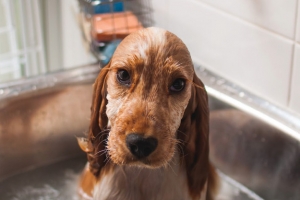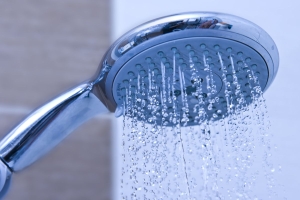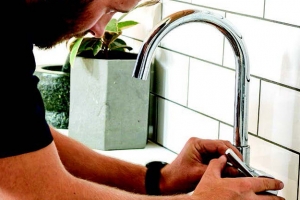Saving Water in Your Home
We use a large amount of water inside the home for washing ourselves, our clothes, brushing our teeth, flushing toilets or cooking.
Explore different parts of your home to find out how to make small changes in your behaviour to use water more efficiently.
Before buying a new water using product for inside your home, check the manufacturer’s water efficiency labels. Australia’s Water Efficiency Labelling and Standards (WELS) scheme allows consumers to compare the water efficiency of different products using a star rating system. You can save money on water and electricity bills and help the environment by buying more water efficient products!
Check out the video below which gives you 10 easy mindful habits on water use in your home.
Bath
Many people believe that baths waste a lot of water. However, often a bath may use less water than showering.
Discover how you can save litres of water every day just by changing a few habits in the bath!
Shower
Showering not only uses a lot of water but energy too. Try to reduce the time you spend showering by using a shower timer.
Discover more simple ways to reduce your water usage in the shower without sacrificing your cleanliness!
Taps
Leaving a tap running wastes water and can waste energy too. A running tap uses about 5 litres of water per minute. A dripping tap can waste up to 12,000 litres a year.
Manage your taps with these helpful water saving tips.
Toilets
25% of all the water we use in the bathroom is flushed down the toilet. Don’t use your toilet as a bin. Feminine hygiene products, food waste, baby wipes and goldfish should go in the bin! Flushing these down the toilet not only wastes valuable water but places additional strain on the sewerage system.
Explore ways to reduce water wastage in your toilet.
Kitchen
10% of household water consumption is used for cooking, cleaning, washing or drinking in the kitchen. Scrape rather than rinse your dishes before putting them into the dishwasher.
Explore these tips on how to save water in the kitchen.
Laundry
15-20% of home water consumption is in the laundry, a high consumer of water, energy and detergents. Washing in cold water saves energy and may not compromise the quality of the wash.
Explore simple tips on how you can save water in your laundry.







